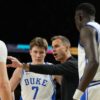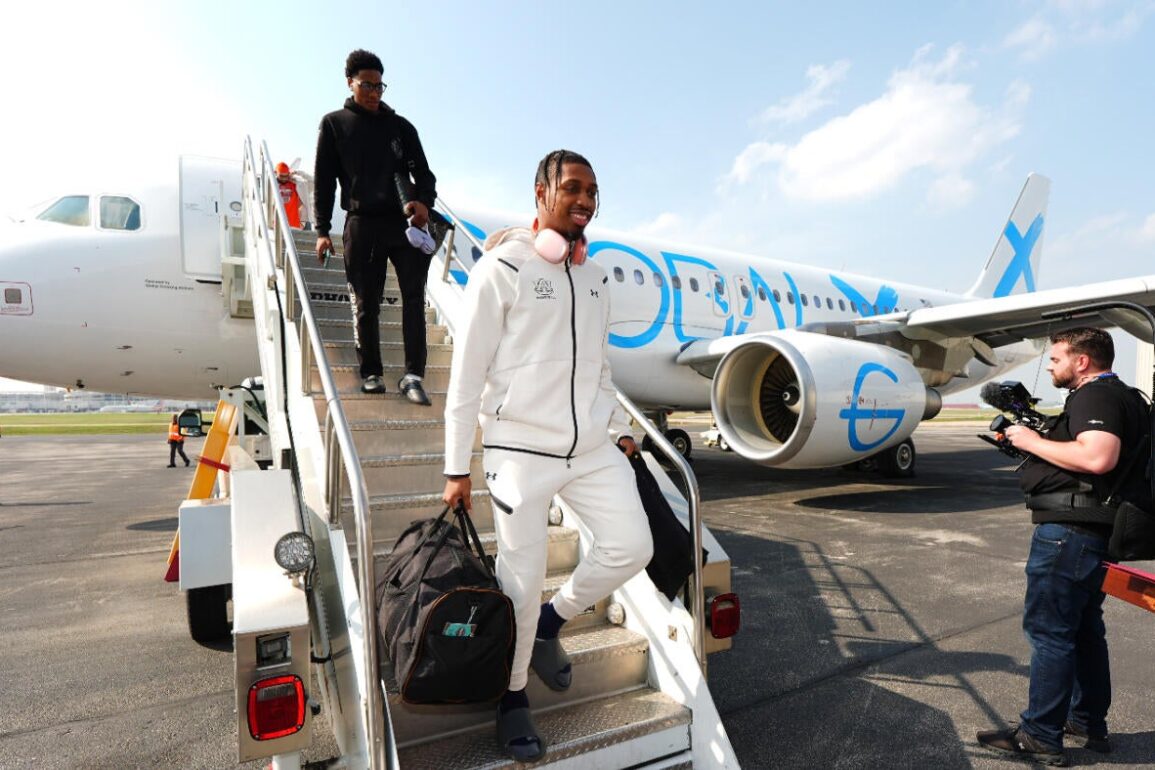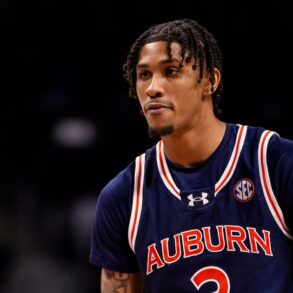
Three years ago, Nijel Pack left Kansas State and signed a two-year NIL deal that paid him $400,000 per season to play at Miami. It made him, at that point, the highest-paid player in college basketball and predictably precipitated geyser-like response. Shock, awe, cynicism, celebration, criticism, admiration, you name it.
Pack’s publicly disclosed contract by a high-profile Miami booster made national news and signaled a dam-breaking event amid an uncertain, fledgling era of college athletics that guaranteed one thing and one thing only: NIL agreements would get exponentially more excessive in the years to come. All the way back in 2022, it was hard for some people to wrap their minds around the idea of a college basketball player with minimal name recognition earning a $400K/year contract.
Three years later, the size of Pack’s payday barely registers as a headline-worthy transaction in college athletics.
Here’s what $400,000 will get you for one season in 2025: a mid-major guy who averaged fewer than 10 points on a non-NCAA Tournament team. This isn’t hypothetical; that very thing has already happened multiple times in recent weeks.
Nowadays, the sport is producing millionaire players on the regular.
Piloting through the portal to roster-build has never been more cumbersome — yet simple. The more money you have relative to the schools you are competing against, the easier it is to recruit the players you covet most.
More than 2,000 men’s Division I basketball athletes entered the portal in the past three-plus weeks (it closes April 22). Almost all have done so to achieve a better situation and, most importantly, find more money. That is what is driving the overwhelming number of these transfers. Money, money, money … and more money.
Five years ago, more than 4,400 Division I men’s basketball players were legally and collectively paid a grand total of $0 in NIL earnings. That number is now promised to be in the hundreds of millions.
“It’s insane,” one high-major assistant told me late last week on the imbalance between how good a player is (or isn’t) and how much money they’re seeking.
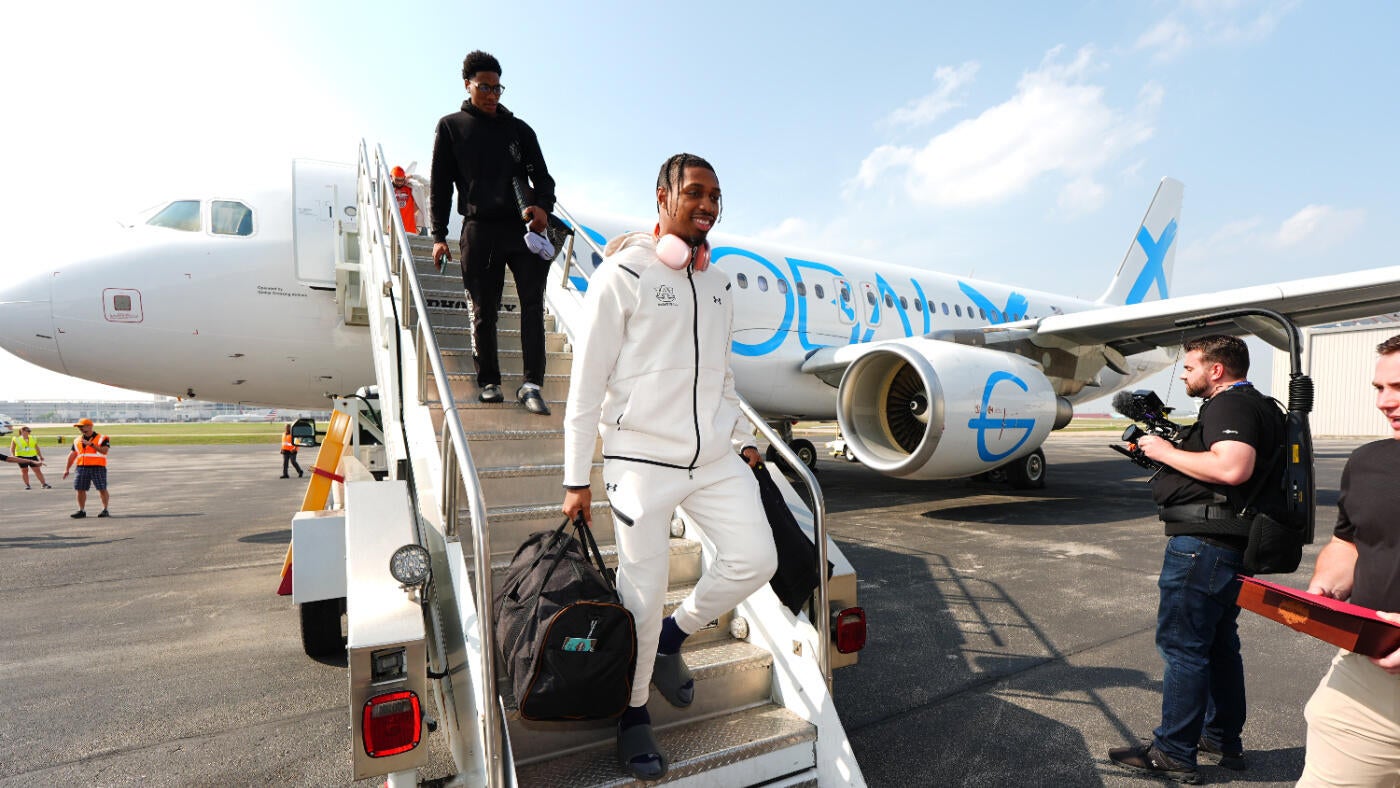
This has been the feeling ever since so-called NIL compensation was made allowable almost four years ago, but it’s exacerbated to cartoonish levels with each passing year. The coach quoted above had been recruiting a mid-major player who wasn’t even top-three on his team in scoring. Nevertheless, this coach liked what he saw and thought the player could transfer up and maybe fight his way into the starting lineup. His school offered the player north of $500,000 — more than the coaching staff wanted, but bidding wars lead to some strange recruiting tributaries.
They didn’t get the player.
A competing school swiftly came over the top and signed him for $1 million. (Another coach I checked in with to verify the story claimed the number is in fact $1.2 million.) The player was so bowled over by the offer, he signed a contract even before eventually calling and telling the other school what he’d done.
“I could hear it in his voice, just how shocked he was by the amount of money they were promising him,” the coach who lost out said.
This is a role player on a mid-major that failed to make the NCAA Tournament. He’ll be paid at least $1 million next season.
That’s one story. There are hundreds more.
As one general manager at the Power Five level told me this week: “You can’t even verify some of these numbers. What’s real? What are we bidding against?”
“All of these numbers are insane,” an SEC assistant texted Wednesday. “Going to have 4-5 guys [on our roster] making way more than me! 😂”
While the reasons for college basketball’s explosion in player pricing are many, one big culprit is the domino effect from the richest programs in basketball. Approximately a dozen schools are inflating the market because they have the capital to do so and the thirst to chase almost any player, regardless of how big the price tag. This dynamic has fattened in a matter of months.
A year ago, a handful of schools were able to easily clear $5 million. But now? That budget number has doubled — minimally — as has the quantity of programs with eight-figure accounts. A recent tweet from 247Sports’ Travis Branham shed light on how much money is being injected into the fortunate upper echelon of college basketball.
Eight will prove to be too thin a crowd for college basketball’s $10 million club. Based on a variety of sources, schools believed to be operating in this golden tier are:
- Arkansas
- BYU
- Duke
- Indiana
- Kentucky
- Louisville
- Michigan
- North Carolina
- St. John’s
- Texas Tech
These programs either have $10 million committed already or are easily capable of reaching that total in roster-building efforts by the end of this year’s transfer cycle. They are 2025’s whales of the portal, loading up on most of the priciest players and drastically inflating the market in the process.
There’s another group of schools a rung below that. Don’t cry for these guys, as they’re still hitting at least a hearty $8 million if required. This includes Auburn, Connecticut, Florida, Houston, Kansas, Kansas State, Miami, Purdue, Tennessee, Texas, UCLA, USC, Villanova, Virginia and still a few more trying to get there in the coming week(s). In talking to sources at these schools, even if most aren’t at $10 million, there are still a couple in this lot that told me they could get there if absolutely necessary. (So: just by asking the right one, two or three really rich boosters for even more money.)
“There are more schools easily capable of getting there if the right players came along,” another SEC assistant said. “And I think 20 or more schools are in the $7-9 million range.”
The most conservative collective estimate from the group of 24 schools named above is $200 million in NIL support for the 2025-26 season. In reality, it’s probably well above that.
There are another 340 Division I schools to account for. If you’re a high-major program and don’t have at least $3 million (some would argue $4 million, at bare minimum) in NIL reserves in 2025, you’re in trouble. There are easily more than a dozen mid-major schools with north of $2 million in their piggybanks promised to their 2025-26 rosters, per multiple sources at that level.
While we can’t truly know the exact figure in totality, even the most sober of estimates across all 360-plus Division I teams would tally north of $325 million in NIL funds vowed for next season, give or take a nickel. If we could wave a magic wand and discover the true number and you told me it was north of $400 million that was agreed to, I would believe it. What a powerful set of circumstances. So much money promised. Come next year, will it all be delivered?
“It’s not real NIL,” one head coach with Final Four experience said, speaking to the obvious. “It’s donors just paying out there to get the best team.”
It’s alarming (and yet: not surprising!) just how quickly all this money has flooded into college basketball from the wallets and bank accounts of boosters and hopeful alumni. Another catalyst: The expected “cap” limit from schools’ revenue sharing and the arbitration on “true NIL” that’s supposed to take hold once/if the House settlement takes effect this summer. In absence of that, boosters are trying to front-load deals to players to get them to sign.
“The guys aren’t worth the money they’re going for,” one high-major coach in the Midwest told CBS Sports. “I could spend $15 million, but the roster I’d put together wouldn’t win a national championship. There are bad players going for big money.”
What’s commenced is the dash for cash in college basketball history.
The most obvious example of this is Texas Tech’s JT Toppin. A First Team All-American and a projected first-round NBA pick, Toppin opted to bypass the draft process altogether to return for $4 million at TTU, sources told CBS Sports. Some of that money is expected to be incentive-based, one source added. In returning, Toppin’s single-season deal would pay him better money than a back-end pick in the NBA lottery.
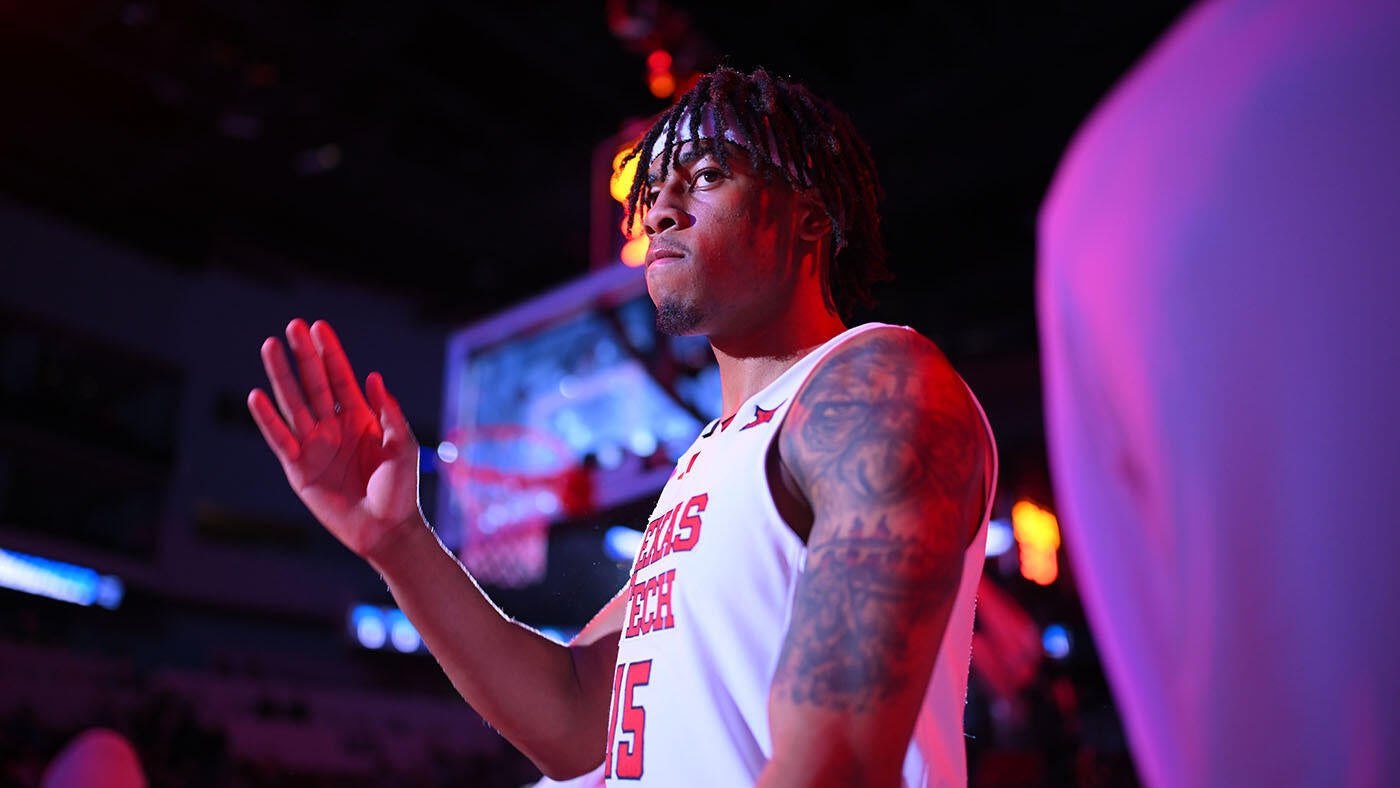
Still, contracts aren’t what they seem, at least not everywhere. Rob Wright III averaged 11.5 points, 4.2 assists, 2.1 rebounds and shot 41.4% at Baylor last season. He was a pretty good freshman, and he might be one of the 40 or so best players in college basketball next season. He signed a deal comfortably worth more than $1 million to return to Baylor during conference season.
Then BYU found him a few weeks ago, offered to double his earnings potential — and Wright was off to Provo, nary a penalty for breaking his deal with Baylor.
“We are dealing with real-live sharks,” one head coach not affiliated with either school, but who knew the story, told CBS Sports.
More schools are trying to protect themselves with strict liability in these NIL deals. For example, there’s another high-major player who signed a substantial NIL contract near the end of the season but subsequently went into the portal anyway, seeking an even bigger deal. One of his coaches told me they were bracing for this, even though pen was put to paper weeks ago. According to this coach, this player now owes the school “the entirety of a contract he hasn’t received a dime of yet.”
“They think we are bluffing,” the coach said. “We are 100% holding them to the contract.”
For four years, college basketball has been existing in this thrum of economic chaos. Each year has been more tumultuous than the previous, and it’s now in the midst of what is expected (cue the laugh track?) to be the most chaotic and unwieldy offseason of them all.
Most agree that this is no way to run a sport. Not college basketball, nor college football, which had its first high-profile holdout in the past week, leading to Tennessee telling its starting quarterback to pack up and go. Next year, structure is allegedly coming. Will the donors and money influencers actually back down, though?
“You have to educate everybody that the money is not going to be the same next year,” one veteran head coach told CBS Sports. “We’re going to have that cap money from schools. You can have NIL on top of the cap money, but it’s going to be vetted by [Deloitte].“
That’s certainly the plan. But … are we sure the genie’s not all the way out of the bottle? We’re really going to expect things to shift back toward economic rationality? The one place this has never existed is in college sports, where the rich have been all too happy to fork over their money to help their team just as much as they do it to spite their rival. Until 2021, this was known as “cheating.” Now it’s simply business. Anything short of collective bargaining will not solve the problem.
Everyone from coaches to agents to athletic directors to commissioners to the president of the NCAA is waiting to see when Judge Claudia Wilken pushes the House case settlement through. Until then, this is what college sports and college basketball will be: an unregulated economy that amplifies upon itself, a sport in perpetual upheaval while simultaneously feeling freer than ever. Players will continue to get rich on a scale that was once unthinkable, then quickly became inevitable and now might be irreversible.
This post was originally published on this site be sure to check out more of their content.



